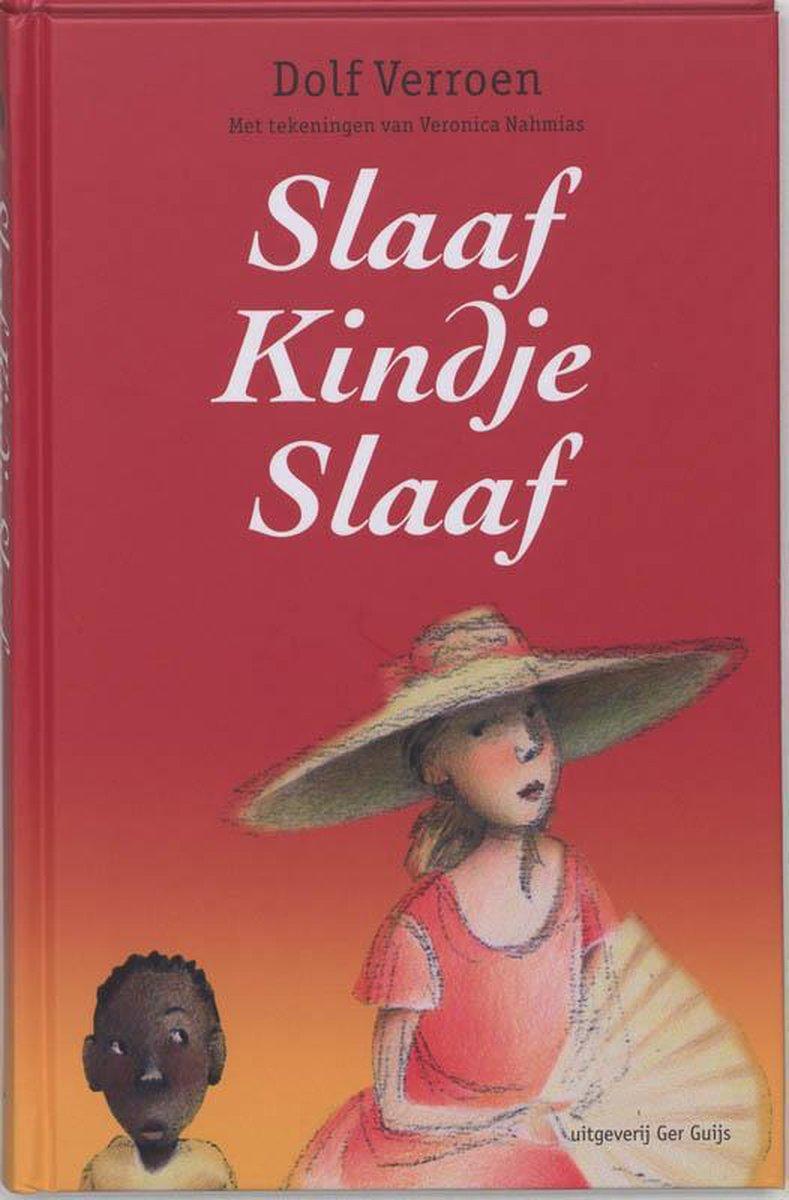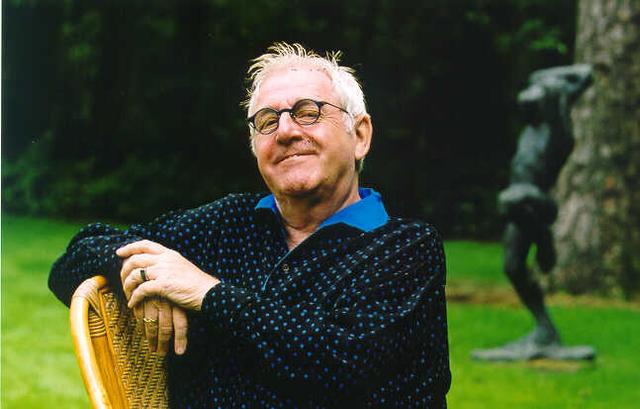My Very Own Slave
n the days of slavery it could happen: you’re the daughter of a plantation owner and when you’re twelve you get your own slave. Slaaf Kindje Slaaf by Dolf Verroen begins with Maria’s birthday party. Little Koko is brought in on a silver plate and Maria’s aunt gives her a whip to go with her present. That’s how you beat the laziness out of them and if you really don’t like the boy, you can just sell him again at the market. Just like Papa’s beautiful slave woman, whose value has sunk considerably since Maria’s jealous mother smashed her face up.

You expect a children’s author writing about the dark days of slavery to make it explicitly clear to the reader how wrong slavery was. What is unusual about this book is that Verroen doesn’t do that at all. He wants to let his readers judge for themselves and so he has Maria narrate the story in a detached, almost emotionless way. As a child of her time, it’s perfectly normal for her to see a person as a utensil. Besides, Maria doesn’t stop to think about her behaviour. She prefers to spend her time dreaming about a potential husband and the way her breasts are growing. However, Verroen skilfully selects shocking situations along the way (for example, the slave has to lick up a cake that has fallen on the floor), helping his young readers to draw their own conclusions more easily.
Verroen doesn’t present us with any ready-made moral, but makes his readers reflect deeply and judge for themselves.
Trouw
The events in Maria’s life move past in 40 short chapters, like slides in a projector. Each chapter consists of a number of short sentences of four or five words. These sentences are surrounded by a lot of space on the page, each one beginning on a new line. This, combined with the occasional subtle internal rhyme, means that the text as a whole has an almost poetic feel to it.
All in all, Slaaf Kindje Slaaf is a surprising book. Never before has a Dutch author managed so incisively and in so few words to make young readers think about a subject. Verroen found inspiration during a visit to the former Dutch colony of Suriname, but in the story itself time and place are kept vague. This gives the book a universal feeling, broadening Maria’s story to exploitation and discrimination in general.
By Harm de Jonge
This is a book that touches your heart.
PIP Magazine
